Moving to Montana: State Relocation Guide
Imagine moving to a state that ranks 46th for population density but fourth for land size. If you like the idea of living in a place that’s big on nature and small on human activity, you’ll probably love Montana.
Montana’s secretive nature is primarily due to its sparse population and far-north location. Most people don’t think to travel up north unless they like to visit state parks. But there is so much about Montana that makes it more than a great place to travel: it’s also an amazing place to live.
Whether you like winter sports or simply enjoy the wide-open wilderness, moving to Montana might be for you. From hiking at Glacier National Park to skiing at Big Sky Resort, there’s a lot to enjoy. In addition to your new lifestyle, you can experience beautiful weather, tax breaks, and some of the best school districts.
If you’re looking for a change of pace and want to spend more time outside, Montana could be your ideal. To help you decide, here’s a comprehensive guide that considers everything you need to know before moving to Montana.
Montana Climate
Located in the Great Plains, Montana is as far north as you can get in the continental United States. Its location also makes it one of the coldest states in the country.
The average temperatures in Montana range from 28℉ in January to 84.5℉ in July, but it can drop below 0℉ for extended periods during the winter.
The temperature dramatically affects the precipitation in the state. While living in Montana, you can expect humid weather and bone-dry blizzards. May is the rainiest month, with nine rainy days on average, whereas July is the driest, with only four days of precipitation.
Overall, the western half of the state gets more precipitation, while eastern Montana is drier and more prone to droughts.
Similarly, the snowfall in Montana is extreme. You can expect cold winters with up to 300″ of snow and frigid temperatures.
Although that is a lot of snow, Montana clears up in the summertime, and you’ll experience some of the best weather in the country during the months of July and August. With moderate temperatures during the summer months, you can enjoy long hikes out in the country and warm campfires at night.
While living in Montana, pay close attention to wildfires and severe thunderstorms. Located between the 45th and 49th parallel, Montana has cold and warm fronts that create some of the most terrifying, but beautiful, thunderstorms.
Taxes in Montana
Montana is a tax-payer-friendly state. Overall, you can expect low taxes because living in Montana means you don’t have to worry about sales tax or excessive property taxes.
The average property tax rate is 0.83%. This low rate is beneficial for ranchers and farmers, who contribute significantly to the state’s economy.
The average size of a ranch in Montana is over 2,200 acres, and there are over 27,000 farms in the state. Although not everyone has this much land, the low property tax makes it more affordable to own land and thrive in the agricultural industry.
When it comes to income tax, Montana uses a progressive system, which means that the more you make, the higher your tax percentage.
When compared to income tax rates nationally, 6.9% is relatively high. If you’re moving to Montana, you’ll want to compare the state’s tax rates with what you pay now in income tax to see if you’ll save money or pay more.
Job Opportunities and Costs in Montana
When you move to Montana, you’ll need to think about your job prospects and how affordable life will be based on your income.
There are plenty of job opportunities in Montana, but the types of jobs available depend on what area of the state you move to. If you live in one of the larger cities in the state (like Missoula or Butte), you’re likely to find a fair number of clerical or office jobs. In rural areas, agriculture jobs are the norm.
Regardless of your industry, the state’s job market is strong. Over the last 20 years, Montana’s unemployment rate has been much lower than the national average.
However, when you compare the wages of most jobs in Montana to the national average, the annual earnings rank lower overall: the average salary is $46,766, compared to the national average of $53,490.
Nonetheless, there are some industries, such as agriculture, mining, and transportation, where you can make more than the national average.
Although you might make a little less money living in Montana, the cost of living is significantly lower than in the rest of the country. With 100 being the national average for cost of living, Montana ranks lower, at 94, for overall cost of living.
According to this chart, Montana residents save the most money on transportation, utilities, and groceries. However, the median home value is significantly higher in Montana, which drives up living costs as people have to pay more for their mortgages.
Because recent migrants inflated the cost of housing in Montana, the Big Sky State is now significantly more expensive than neighboring states like Idaho, Wyoming, and South Dakota.
However, if you are interested in renting a home or apartment, you will find that prices are more reasonable. The average one-bedroom apartment in Montana rents out at $705, and the national average for rental properties is $1048.
Although the cost of living in Montana has increased over the last few years, the job opportunities and low taxes still make the state an attractive location for many. Per capita, more people moved to Montana in 2021 than any other state.
But there are good reasons why Montana is ranked as the number one state for inbound moves. People are moving to Montana because of the open spaces, dozens of outdoor recreational facilities and parks, jobs, and the high quality of life.
Montana Healthcare
Healthcare in Montana is reasonable. Currently ranked #36 overall, Montana is in the lower half for healthcare when compared to the rest of the country.
Montana’s access to medical care is notably positive, especially given the large size of the state and relatively small number of people — Montana’s population is only 1.14 million.
In the US, the average number of physicians for every 100,000 people is 210, and Montana has 201. With close access to plenty of physicians, Montanans are able to get the care they need and live healthy lives. The overall health index of the state is close to the national average of 100, sitting at 97.7.
An average health care system has paid off in dividends when you consider the state’s overall health and obesity rates. In Montana, obesity rates are far lower than the national average.
Montana also boasts high levels of insurance coverage, with less than 12% of the population remaining uninsured.
Another consideration when it comes to healthy living is the environment. The EPA’s superfund index measures local areas’ attention to cleaning contaminated land. Montana ranks 62/100, whereas the US average is 87. The low score is partly due to the several coal mines, which release contaminants into the soil and air.
Although Montana has lower scores on some indexes, the Big Sky Country exceeds natural averages for air quality with a score of 84/100. The US average is 58.
Montana Education
Similar to the healthcare rankings, Montana’s education is about average. The state is ranked 36th for Pre-K through 12th and 22nd for secondary education.
For those who want to prepare for a career that lets them spend time outdoors, colleges in Montana are worth exploring. Montana’s higher education provides students across the country with some of the best programs for agricultural sciences and wildlife studies.
Another aspect worth noting is that high school graduates in Montana statistically have good scores, and college graduates tend to have lower debt than their peers.
When Montana students graduate high school, they have several options for secondary education. Montana boasts two nationally ranked universities — Montana State University and the University of Montana.
But one of the best parts about this region of the United States is that students in Montana can use the Western Undergraduate Exchange to attend school in 14 other states while only paying 150% of in-state tuition (as compared to the norm of non-resident students paying up to 300%)..
Moving to a new state is exciting, but it can be overwhelming when you have young kids and have to factor in school districts and educational quality. To help you with your search for the best schools, here are some of the best school districts in Montana.
Many consider Bozeman High School District as the best district in the state because of its above-average graduation rate and the fact that three-fourths of its students are college-ready.
Located in the largest city in Montana, Billings High School District is another excellent place to educate your children. The STEM education and athletic programs set the standard in the state.
Rounding out the top three districts is Beaverhead County High School District, which is in a small town called Dillon. With a graduation rate 10% higher than the state average, the district prepares children for the next step, whether that’s college or the workforce.
Notable Highlights
When moving to a new state, it’s essential to know everything you can about life in the area. The education quality, health care, job market, and cost of living are vital pieces of information, but there is so much more to your new home than stats and figures.
Here are some interesting facts about the state to help you get familiar with Montana.
- Montana’s name comes from the Spanish word “montaña,” meaning mountain.
- The state slogan is “Oro y Plata,” which means “Gold and Silver” and stems from the state’s rich mining history.
- Miners first discovered gold in Montana in 1852, and Butte became known as the “richest hill on earth.”
- Montana is called “Big Sky Country” and “The Treasure State” because of its expansive plains, beautiful scenery, and mineral-rich deposits scattered on the mountain ranges.
- Montana has more than 100 mountain ranges in the western half of the state, which is also the more populated side.
- Some of the most beautiful parks in the country are in Montana. The list of parks includes Yellowstone National Park, Glacier National Park, and Lewis and Clark National Forest.
Best Places to Live in Montana
Montana offers beauty and an affordable cost of living for all its residents. So whether Montana appeals to you because of the job opportunities or you work from home and want to escape into the natural beauty of a wilderness-rich state, Montana is a great place to settle down.
If you’re ready to move, there’s a lot of excitement you’re dealing with, so it’s easy to overlook some essential steps. Before you enjoy your new home, use these tips so you can settle in quickly and easily.
- Montana experiences all kinds of weather, from beautiful temperatures in the summer to frigid conditions in the winter. Bring plenty of warm clothing to acclimate to the cold weather.
- Make sure to pack breakable items tightly so they don’t get damaged during the trip.
- Keep important documents like your driver’s license, social security card, medical records, voter registration card, and vehicle registration on your person.
- When transporting your car, get the best state-to-state car shipping for total peace of mind. Guardian Auto Transport makes your move easy with the best customer support and transparent pricing, so you can ship your vehicle with confidence.
As you start prepping for your move, you’ll want to decide where you want to live in Montana. Here are the top three places in the state:
Billings
This large city is the best place to live in Montana. Considered the 17th best-run city in the country, Billings offers plenty of necessities and luxuries for its residents. Billings has it all, whether you need access to excellent healthcare or plenty of housing and rental properties.
Missoula
If you were impressed that Billings is ranked 17th in the country for the best-run city, you’d fall out of your seat when you learn that Missoula is ranked 12th. With only 77,000 people, you get the small-town feel with big-city amenities.
The economy in Missoula is growing along with its population. This healthy growth is partly due to the university. If you are interested in opening a business that caters to young people, Missoula is the best spot in the state.
Bozeman
Like Missoula, Bozeman is home to a big state university — Montana State University, which means plenty of restaurants, bars, and nightlife in the area. Additionally, Bozeman has one of the best school districts in the state, so your children can do all their learning in one city if they want.
Bozeman is an excellent location for people who love the outdoors because it’s only 90 minutes away from Yellowstone National Park.
Conclusion
Montana has it all, whether you like the rugged outdoors or living in big cities. From the beautiful summer weather to the low property taxes, you can make life work in Montana.
If you decide to move to Montana, you likely have a long trip ahead. But you don’t need to worry about your car. That’s something Guardian Auto Transport can handle for you.
We can ship your car to Montana as well as any other state in the U.S.
Contact us today to get an instant quote on your trip and lock in top-tier assistance with friendly transportation services.
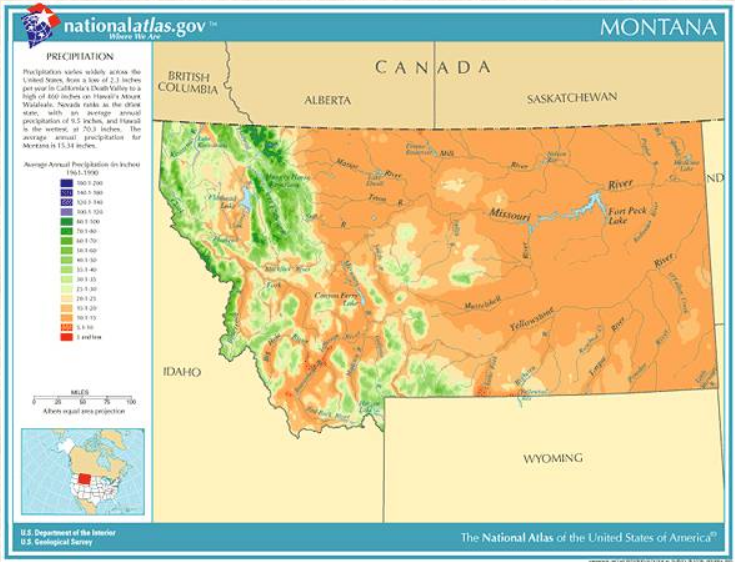 Image Source
Image Source Image Source
Image Source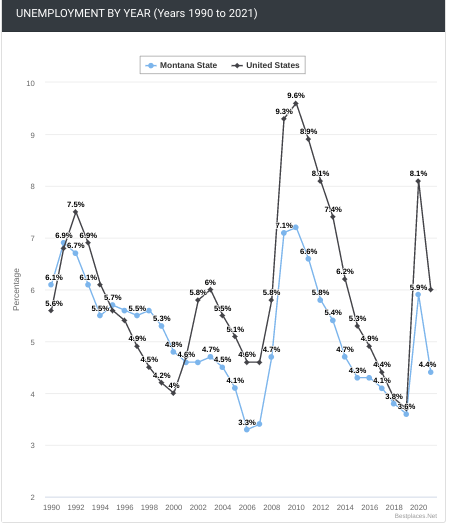 Image Source
Image Source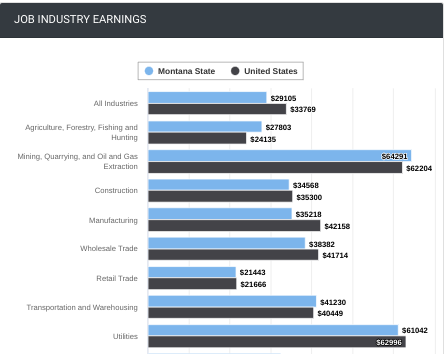 Image Source
Image Source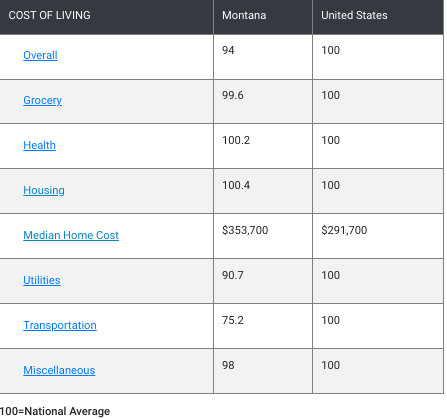 Image Source
Image Source Image Source
Image Source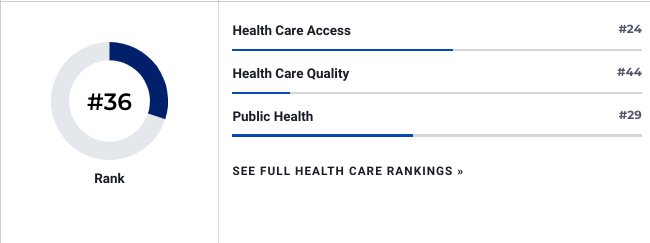 Image Source
Image Source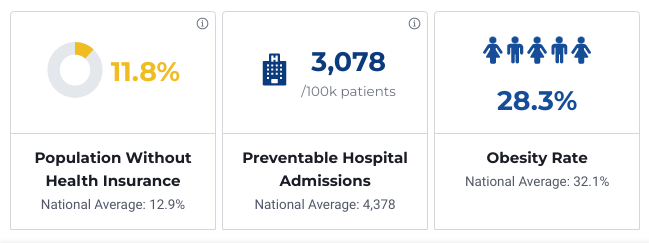 Image Source
Image Source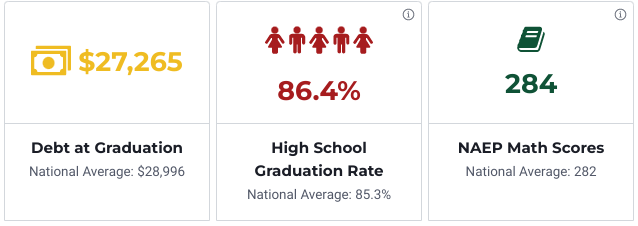 Image Source
Image Source
